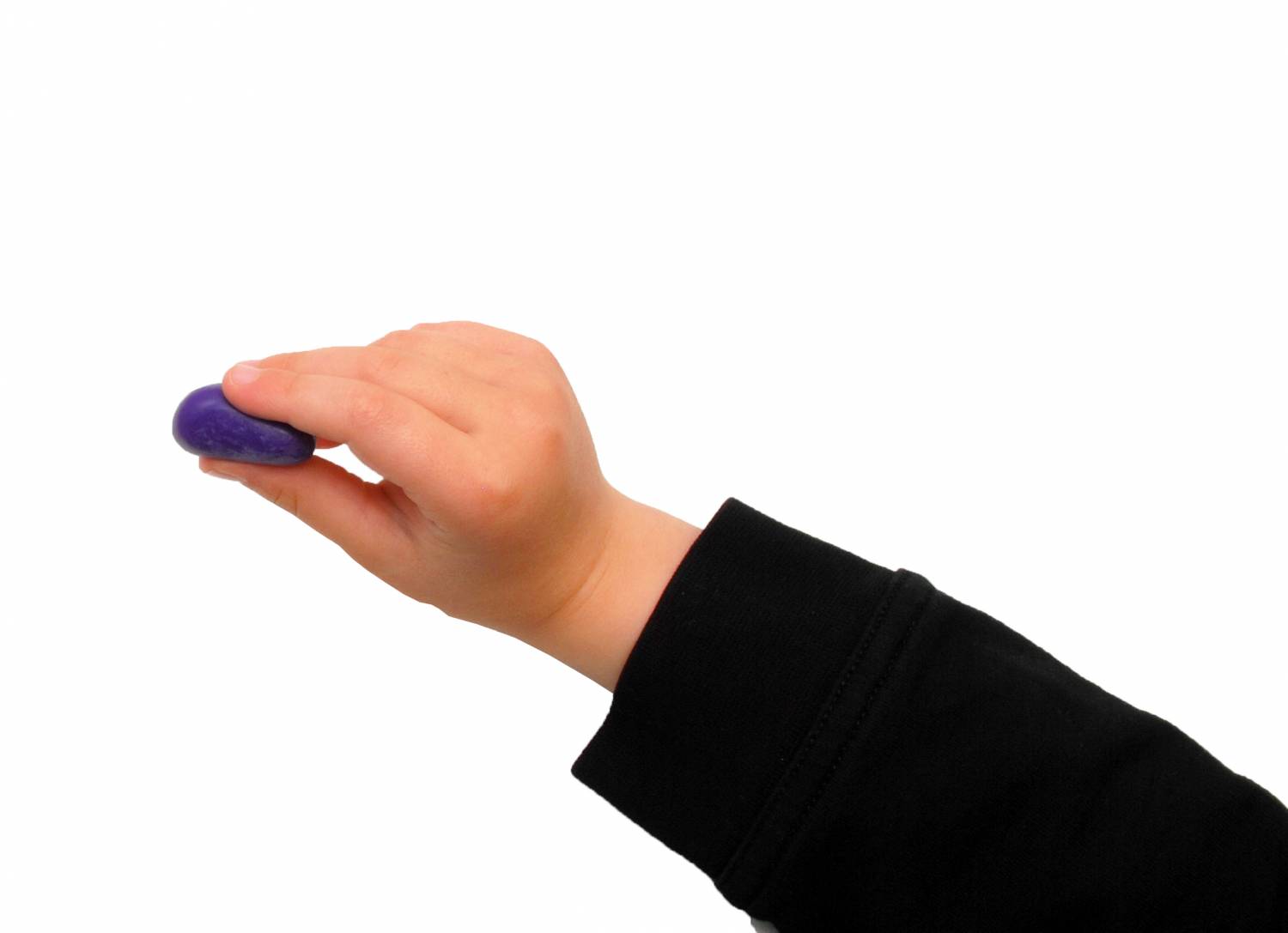8 Signs of a Poor Pencil Grip
- Posted on
- By Crayon Rocks Australia
- 0

This blog written by our Australian distributors does explain why children need a correct pencil grip and how you can recognize a poor pencil grip.
Knowing how to correctly identify the signs, may give you an insight into how you can improve your child’s love of writing and learning, by making a few small adjustments to their grip.
8 Signs of a Poor Pencil Grip
Being a company that specialises in assisting children to learn the correct pencil grip, we get asked by concerned parents every day “How do I tell if my child has an incorrect pencil grip?” and “How does an incorrect pencil grip affect my child’s learning?”.
We’d like to share with you, a selection of telltale signs that your child may have an incorrect pencil grip.
Knowing how to correctly identify the signs, may give you an insight into how you can improve your child’s love of writing and learning, by making a few small adjustments to their grip.
When your child is next writing, quietly observe them and check for the below, which are the eight most common indicators of a poor pencil grip.
1 - Poor Handwriting
Incorrect pencil grips can contribute to a lack of control and your child’s ability to hold their pencil. Your child may be concentrating so hard on holding their pencil grip, that they forget to focus on letter formation. Poor handwriting could be caused by your child’s inability to control their pencil with their current grasp, resulting in poorly formed letters and an inability to write on or between lines.
2 - Red/white fingertips or knuckles
A sure sign of a poor pencil grip is the easily identifiable red/white finger tips and joints when writing. Gripping too tightly or hyper extending the knuckles, adds un-necessary pressure to the fingers and hand muscles, which could be harmful to the development of growing muscles and joints. This added pressure can also result in tiredness and pain in the finger, hand and shoulder muscles.
3 - Poor posture and incorrect position of the body
This sign is quite often overlooked and not commonly associated with pencil grip. When your child is holding their pencil incorrectly, this may be blocking their view of the paper and causing them to move their head to the side, sit extremely close to the paper, rest their head on the desk or be stretching to see over the top of their hand. Awkward posture and incorrect positioning of the body can also cause soreness/tiredness in finger/hand and shoulder muscles. A sore lower back is also quite common.
4 - Wholes in the paper
This is commonly caused when a child is placing too much pressure on their pencil. An incorrect pencil grip may cause the child to feel like he/she does not have control of the pencil, hence the need to apply additional pressure to hold on to the pencil tightly.
5 - Frequent pencil tip breakage
Have you noticed your child needing to frequently sharpen their pencil due to breakage? This is commonly caused by excessive pressure being placed on the tip of the pencil. An incorrect pencil grip can cause your child difficulties in holding and gaining control of their pencil, which may result in the need to grip thepencil tighter and apply extra pressure, causing pencil breakage.
6 - Tired or complaining of sore hands
Incorrect pencil grip can cause additional pressure or strain on certain areas of a child’s body. Applying too much pressure to their pencil can result in soreness and tiredness of the fingers, hand and shoulders. Back and neck pain are also quite common as a child may need to stretch or bend their body to be able to view their work, as incorrect positioning of the hand may obstruct vision.
7 - Difficulty completing tasks on time
When a child is spending so much time trying to correct a pencil grip, gain control of their pencil or experiencing fatigue and tiredness in their hand, finger and shoulder muscles due to excess pressure or poor body posture, their attention to writing is consistently delayed and interrupted, resulting in insufficient time for a child to complete their task on time.
8 - Lacking confidence and ability to participate
Children are sensitive and very aware. Often when children are struggling with their own writing, they may see other children excelling with written work and begin questioning their own abilities. A small child will not be able to associate poor pencil grip as a possible reason for their difficulties and may form the conclusion that they are not as smart as the other children. Lower levels of confidence can result in a child not wanting/refusing to participate in tasks, anger/frustration/sadness, apprehension in starting/approaching tasks and disengagement with learning activities.

Comments
Be the first to comment...